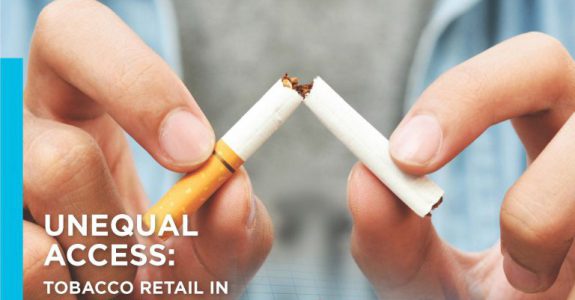Alex Cohen is the Director of Learning and Evaluation for the Richard M. Fairbanks Foundation.
Tobacco and opioids continue to claim Hoosier lives. Last year in Indiana, more than 1,700 died from a drug overdose, an increase of 13 percent over 2016. And each year, more than 11,000 people die in Indiana due to smoking cigarettes.
Addressing these two public health issues requires collaboration across sectors. This includes employers.
Aside from inflicting harm on Indiana residents, tobacco use and opioid misuse cost employers, too. It’s estimated that, each year, tobacco costs the state $7.6 billion and opioids cost an additional $1.5 billion. Employers pay a share of this through higher healthcare costs, as well as lost productivity from higher absenteeism or poorer performance on the job.
So what can employers do?
To address tobacco use, employers can ensure their healthcare coverage includes nicotine-replacement therapy (NRT) and cessation counseling, two proven approaches to helping smokers quit.
They can also provide financial incentives to encourage cessation. One example is CVS Caremark, which decided to test the effectiveness of these incentives, paired with access to NRT, among its own workers. CVS found such large impacts that it rolled out the program company-wide with rewards of up to $650 for those who successfully quit. General Electric undertook a similar program and also found positive results.
To address opioid misuse, employers can make sure their employee assistance programs cover mental and behavioral health services. Aside from improving identification and treatment of mental health and substance use issues, EAPs have been shown to have a positive return on investment as well, especially those focusing on mental health.
An example of an Indiana employer leading the way in this area is Belden, a manufacturing company in Richmond. After experiencing difficulty finding employees able to pass drug screens, the company has agreed to fund treatment for job applicants who test positive for illegal drugs and offer employment to those who successfully complete treatment—an approach that is one of the first of its kind nationwide.
Employers can find more resources through the Indiana Workforce Recovery Initiative, including links to toolkits from SAMHSA and the National Safety Council.
By implementing these types of effective, and compassionate, approaches, employers—in collaboration with government, health care systems, schools and other key sectors—can play an important role in addressing tobacco use and opioid misuse in Indiana.



